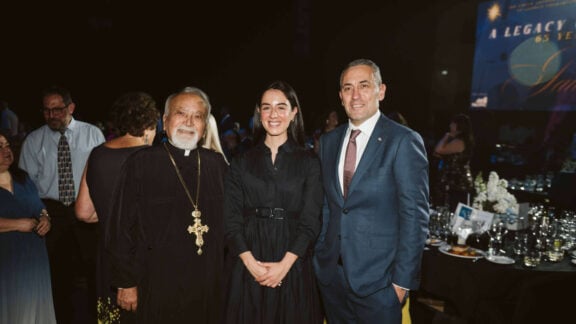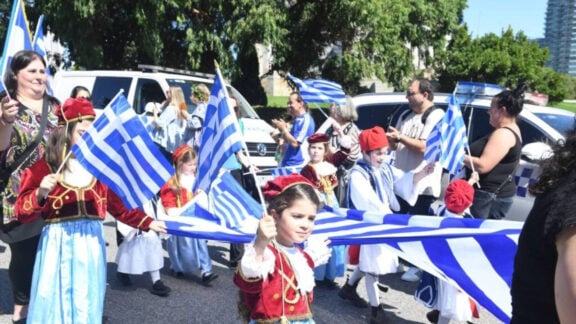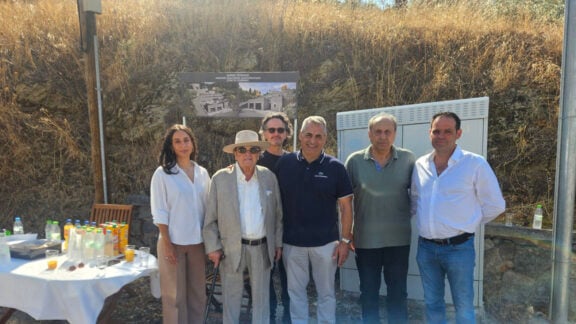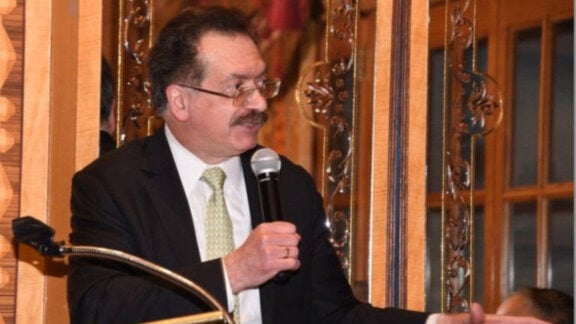A Middle Neolithic building was found at the top of the Koutroulou Magoula Neolithic settlement in Central Greece during this year’s excavation season, archaeologists said on Friday.
The building’s stone walls measure a total of 9.5 m in length and nearly 8.5 m in width. It is believed to be one of the largest of this period to be found in Greece.
Supported by a massive external buttress, its function remains unclear.
Preliminary investigation shows that it was used for a long period of time over which it had undergone renovations and modifications, whereas at certain periods it also seems to have been shared with domestic animals. The settlement was surrounded by perimeter ditches, large seemingly communal works and multiple social, symbolic and practical functions. The natural bedrock had been cut to form steps in order to facilitate digging and enable its continuous use for collecting water and clay.
A complex of heavily burnt, closed pottery kilms were found near the edge of the settlement.
One of the kilns preserves its plastered floor, parts of its plastered walls and dome as well as other architectural features, and it was built on a coarsely plastered platform. Many clay figurines and house models were also found at the site – more than 400 to date.
“This is an extremely important find, and an indication of the technological sophistication of the Neolithic inhabitants of the site,” noted Dr Nina Kyparissi-Apostolika, honorary ephor at the Ephorate of Palaeoanthropology and Speleology, and co-director of the excavation with professor Yannis Hamilakis of Brown University.
READ MORE: Dr Roslynne Bell’s lecture on ‘Alexander in Art: The Legend and his Legacy’
“Given the size of the settlement, the time and effort invested in the creation and maintenance of this system of ditches would have phenomenal. These ditches would have been a central feature in the material and social life of the community,” noted professor Hamilakis.
The excavation is carried out under the auspices of the British School at Athens, and in the 2019 field season included students and archaeologists from Greece, the US, the UK, the Netherlands, and Taiwan.









